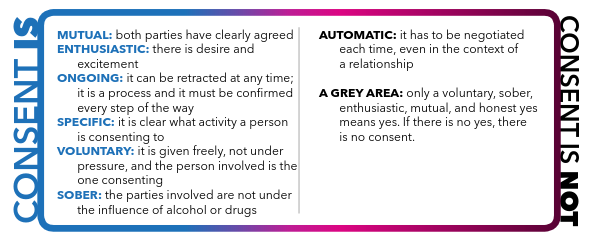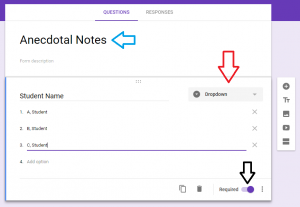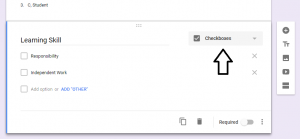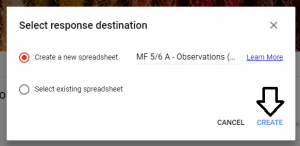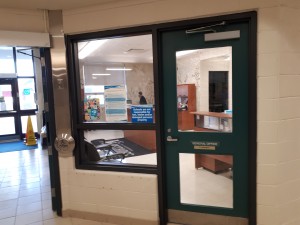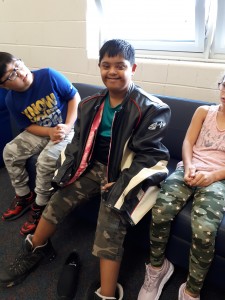School Kiss and Ride zone locations are designed to drop off and pick up children in vehicles before and after school. In some schools over 200 students are picked up and dropped off every day. In winter and on rainy days, this number increases relative to worsening weather conditions. In addition, parking lots are often located beside and as part of the Kiss and Ride drive through. Kiss and Ride lanes are designed to have up to 100 vehicles driving through during a 20 minute period.
It is important to keep all students and staff safe. Rules and guidelines are put in place to keep vehicles moving and to ensure the safe entry and exit of students from vehicles. Some of these rules include:
- Drivers adhering to limiting speeds
- Drivers, parents and students following school staffs’ instructions
- Drivers not parking and waiting in the Kiss and Ride lane (It’s called Kiss and Ride NOT Kiss and Park)
- Drivers yielding to pedestrian traffic
- Drivers treating staff, students, volunteers, passengers, and other drivers with respect
- Drivers not double parking beside the Kiss and Ride lane (students crossing between vehicles could be injured by other vehicles)
- Adults making sure students fully exit or enter the vehicle before driving away from the Kiss and Ride lane
- Ensuring all passengers, especially students, have seat belts on at all times while in the vehicle
- Drivers remaining in the vehicle while in the Kiss and Ride lane so as to not block the flow of traffic
- Drivers not parking in the Fire Route or School Bus zone
- All people following directions of crossing guards and school staff acting as crossing guards
- Drivers not idling vehicles in the Kiss and Ride lanes or Parking Lot zone areas
There rules and guidelines are put into place to prevent accidents. Students, parents, and school staff are injured every year. In February 2018, a student was and killed hit by a car as a result of vehicles inappropriately parking near a school (Maharaj, 2018). Another school closed their Kiss and Ride lanes after safety concerns became overwhelming (Milton Canadian Champion, 2013). As a teacher on Kiss and Ride duty, I have personally witnessed near missed of vehicles almost hitting children and adults.
Kiss and Ride Zones can also be a problem by exposing children and adults to high levels of pollution. A University of Toronto study (Adams & Requia, 2017) showed that Kiss and Ride school zones contain a “Halo of air pollution” due to idling vehicles nearby (Elliot, 2017).
Teachers need to be especially vigilant in keeping themselves safe while on duty in Kiss and Ride areas and in school parking lots. For the most part, teachers should use their common sense and professional judgement. Here are a few common sense suggestions to keep you safe from injury at the Kiss and Ride:
- Do not help students in and out of vehicles – your arm could be injured if a vehicle drives away or you could injury a student while closing a vehicle door (think car doors closing on little fingers!)
- Do not put your back to vehicles – you cannot see where they are or how they are moving
- Teachers do not have to enter cross-walk zones if they feel unsafe – do not use your body to block a car
- Do not put up with abuse from drivers and/or parents
- Do not intervene in Kiss and Ride/Parking Lot disputes between drivers – you are there to supervise students, not adults
- Use your professional judgement to consider reporting dangerous drivers or students not in seat belts to the administration
If you have any additional common sense suggestions in keeping all people safe in Kiss and Ride Zones, please share them with me and I will add them in this blog.
Collaboratively Yours,
Deb Weston
References
Adams, M. D., & Requia, W. J. (2017). How private vehicle use increases ambient air pollution concentrations at schools during the morning drop-off of children. Atmospheric Environment, 165, 264-273.
Elliot, J. (August 10, 2017). School drop-off zones expose kids to high levels of pollution: study, CTV News. https://www.ctvnews.ca/health/school-drop-off-zones-expose-kids-to-high-levels-of-pollution-study-1.3540552
Maharaj, S. (February 28, 2018) Scarborough student’s death sparks call for safer school zones, Global News. https://globalnews.ca/news/4054718/duncan-xu-kennedy-public-school/
Milton Canadian Champion. (2013). Traffic issues bring safety blitz to Escarpment. Milton Canadian Champion. https://www.insidehalton.com/news-story/2885147-traffic-issues-bring-safety-blitz-to-escarpment-view/

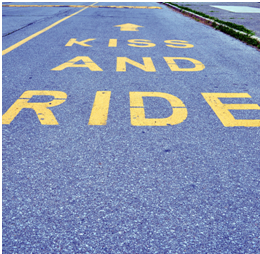
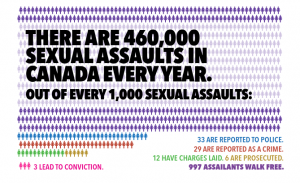 imately 460,000 women are sexually assaulted, although only a fraction of them report the assault to the police (1).
imately 460,000 women are sexually assaulted, although only a fraction of them report the assault to the police (1).